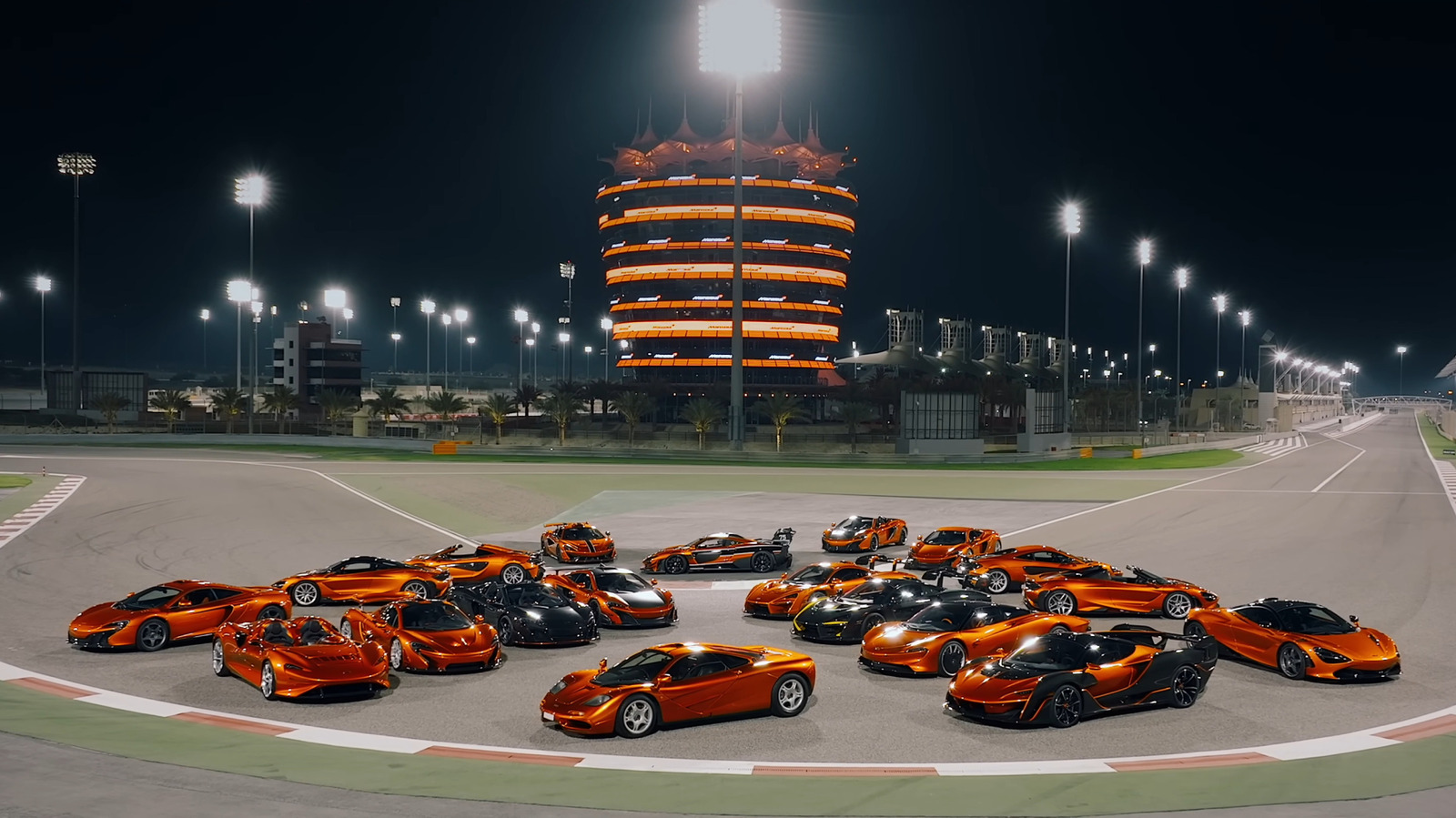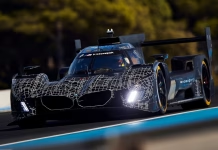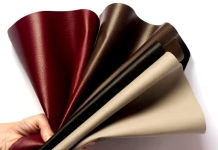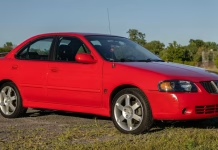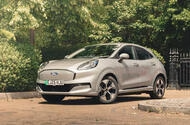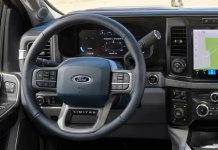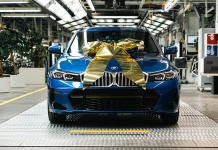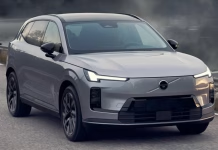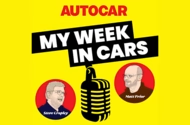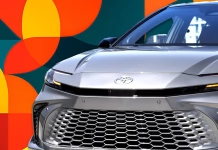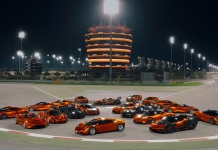BMW Responds to Criticism with Sleeker Race Car Grille Design
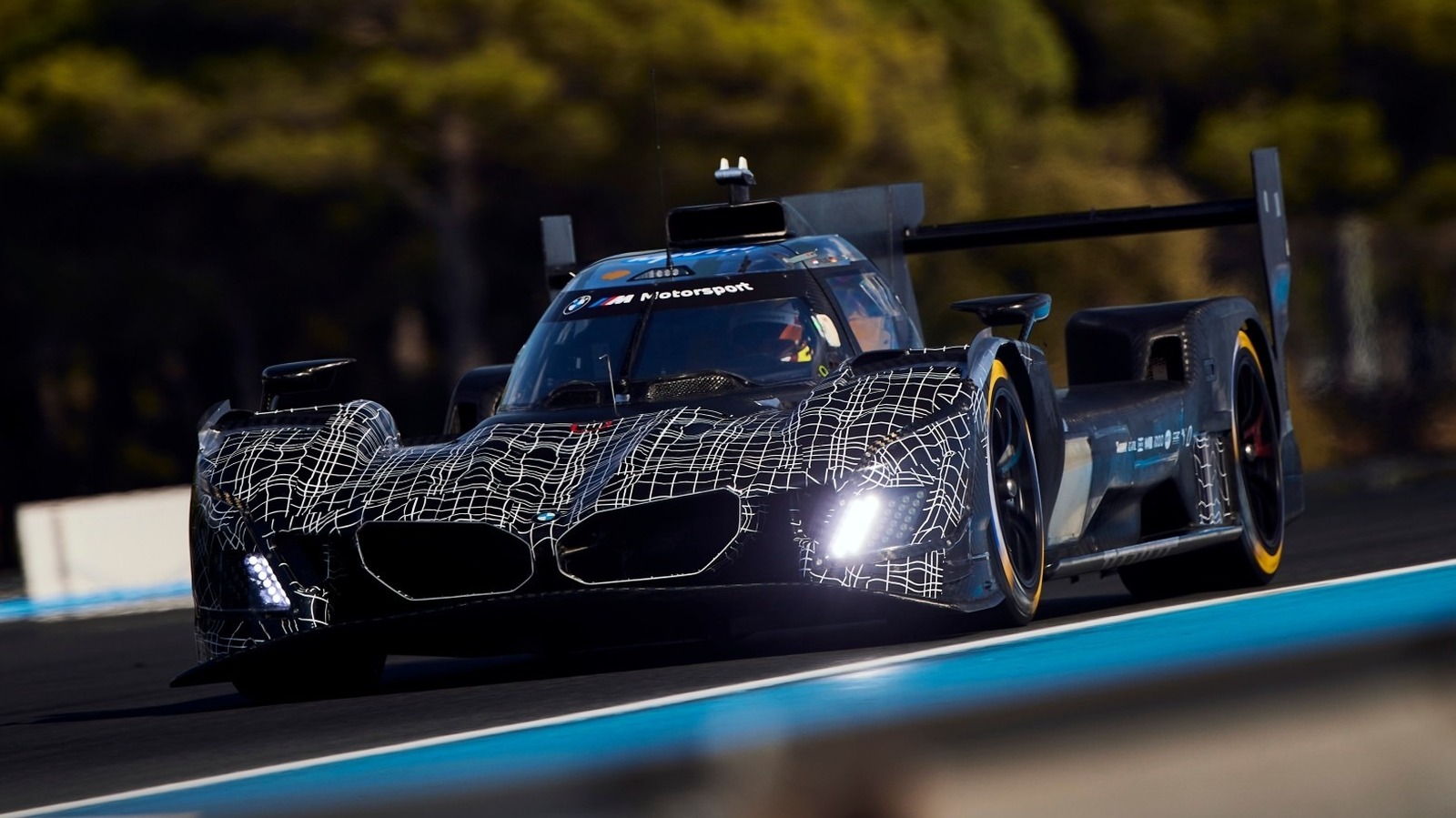
Hyundai Drives Toward Greener Interiors With Realistic Plant-Based Leather Revolution
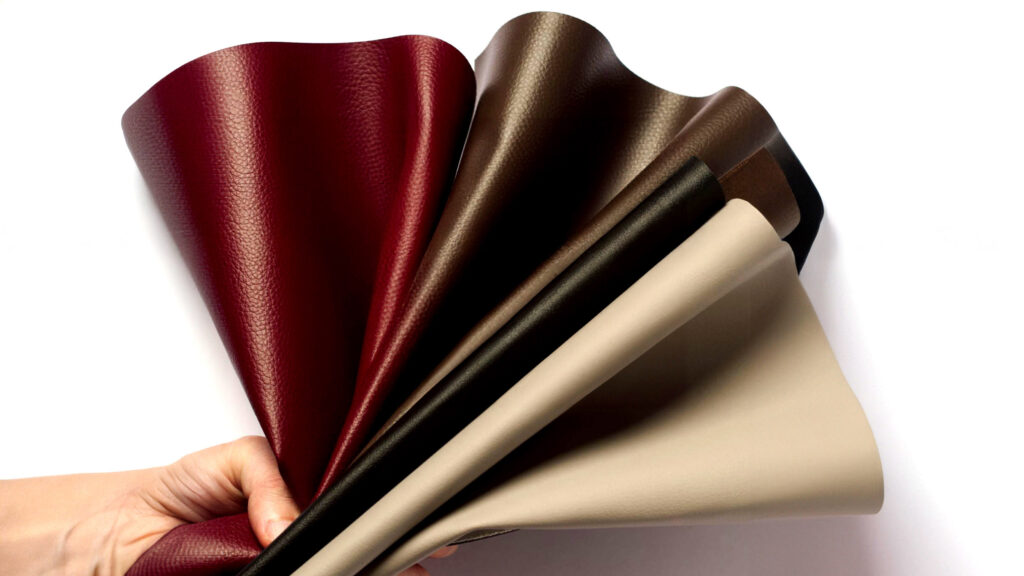
Low-Mileage 2004 Nissan Sentra SE-R Spec V Shines as Rare Autocross Gem
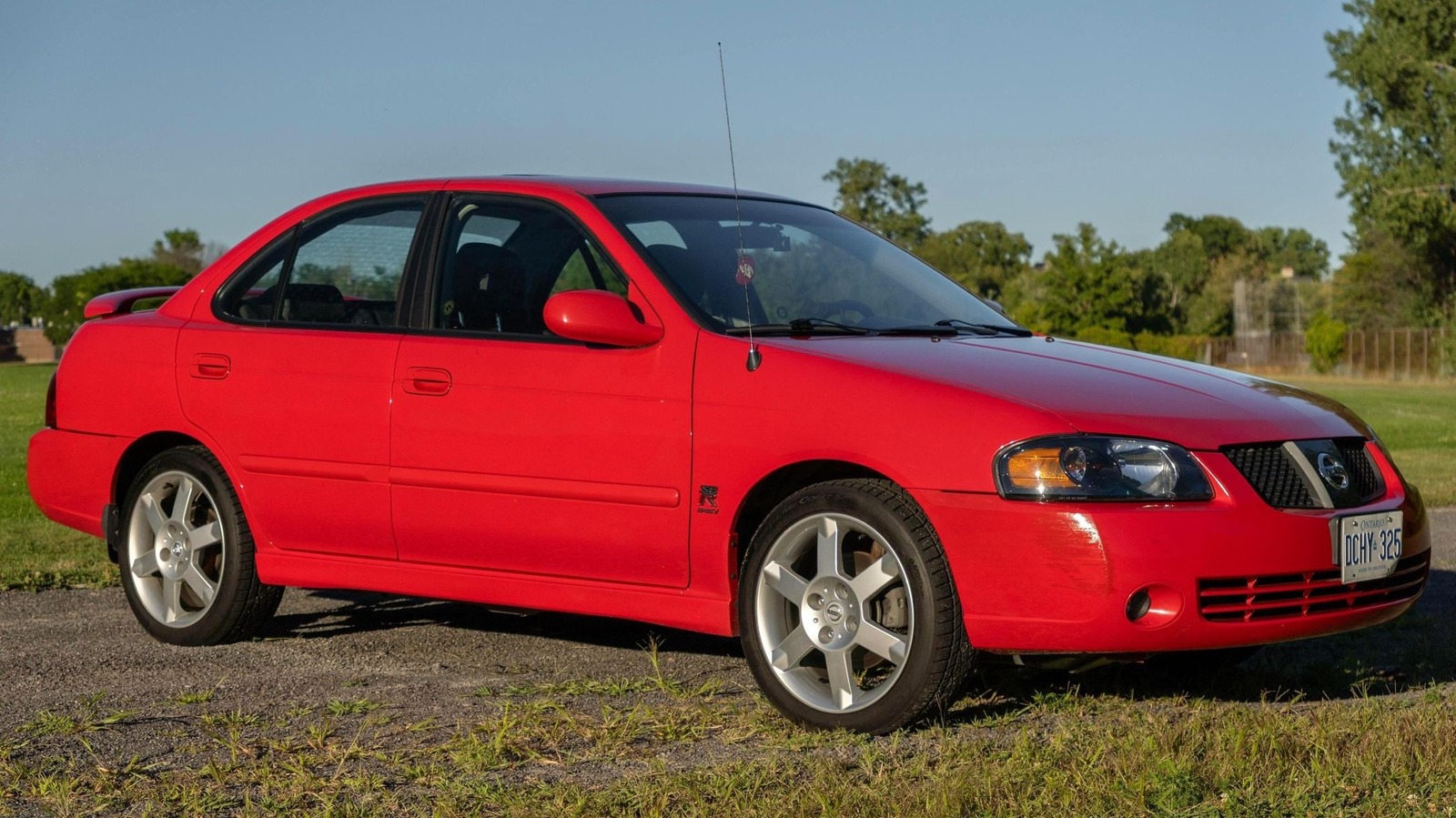
Electric Car Grant Slashes Ford Puma Gen-E Price Below Hybrid as UK Pushes Affordable...
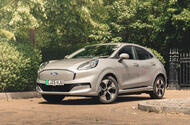 Discount drops electric crossover's starting price below its hybrid sibling
Discount drops electric crossover's starting price below its hybrid sibling
The Ford Puma Gen-E and e-Tourneo Courier have become the first models to receive the top £3750 discount from the government’s new Electric Car Grant scheme.
The pair are now priced at £26,245 and £28,440 respectively, and notably in the case of the Gen-E, its starting price has dipped £345 under its hybrid sibling.
Both cars have received the discount because they have met the government’s strict sustainability criteria, which covers both the manufacturing of the car and the marque as a whole.
While Westminster has still yet to reveal its benchmarks for the top banding, Ford told Autocar the emissions generated at its Craiova plant during battery production and vehicle assembly met the criteria.
It also scored higher because the energy used there is completely renewable and it has set a goal of becoming fully carbon neutral by 2050, Ford said.
“We welcome the government’s decision to accelerate the transition to electric mobility and are proud that Ford’s commitment to sustainability has been recognised with the full EV grant,” said Lisa Brankin, Ford UK chair and managing director. She added it makes the switch to electric “simpler” and “more affordable”.
Alongside the Ford models, the Peugeot e-308, e-408, DS3 and DS No4 were all granted discounts of £1500 – the lower of the two bands. They join 22 other models that already received the same discount since the grant was launched in July.
The new discounts, especially the first from the top band, have been welcomed by industry heads, including AA president Edmund King. He said: “Drivers frequently tell us that the upfront costs of new EVs are a stumbling block to making the switch to electric. It is great to see some of these more substantial £3750 discounts coming on-line because for some drivers this might just bridge the financial gap to make these cars affordable. As more cars qualify for the biggest savings, more drivers will be tempted to go electric.”
Transport Secretary, Heidi Alexander, added: “Our measures are driving competition in the UK EV market, boosting economic growth, and supporting jobs and skills as part of our Plan for Change.”
Ford Recalls Over 350,000 F-Series Trucks for Instrument Cluster Failures
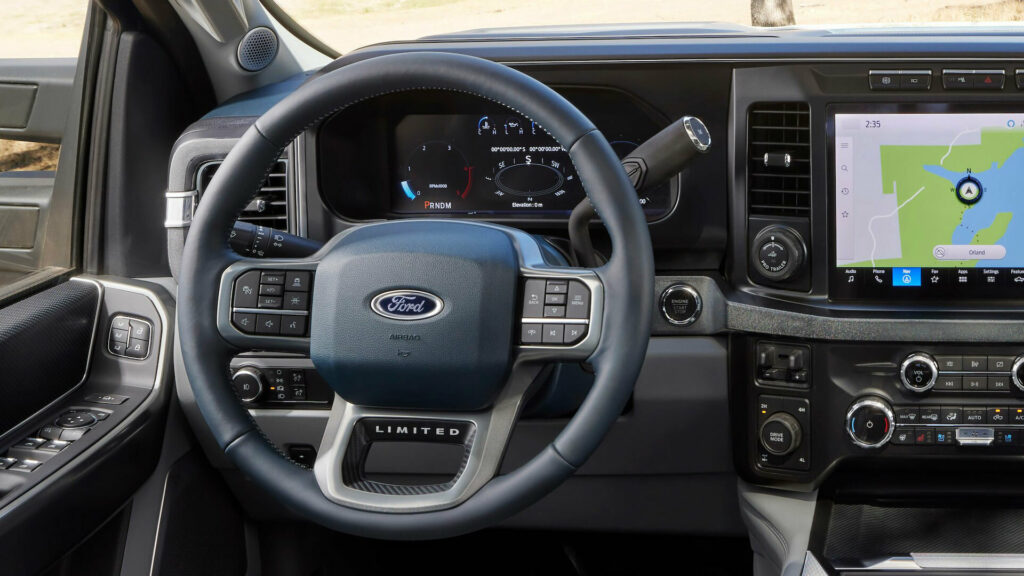
BMW Celebrates Milestone with 3 Millionth Electrified Vehicle Delivered in Munich
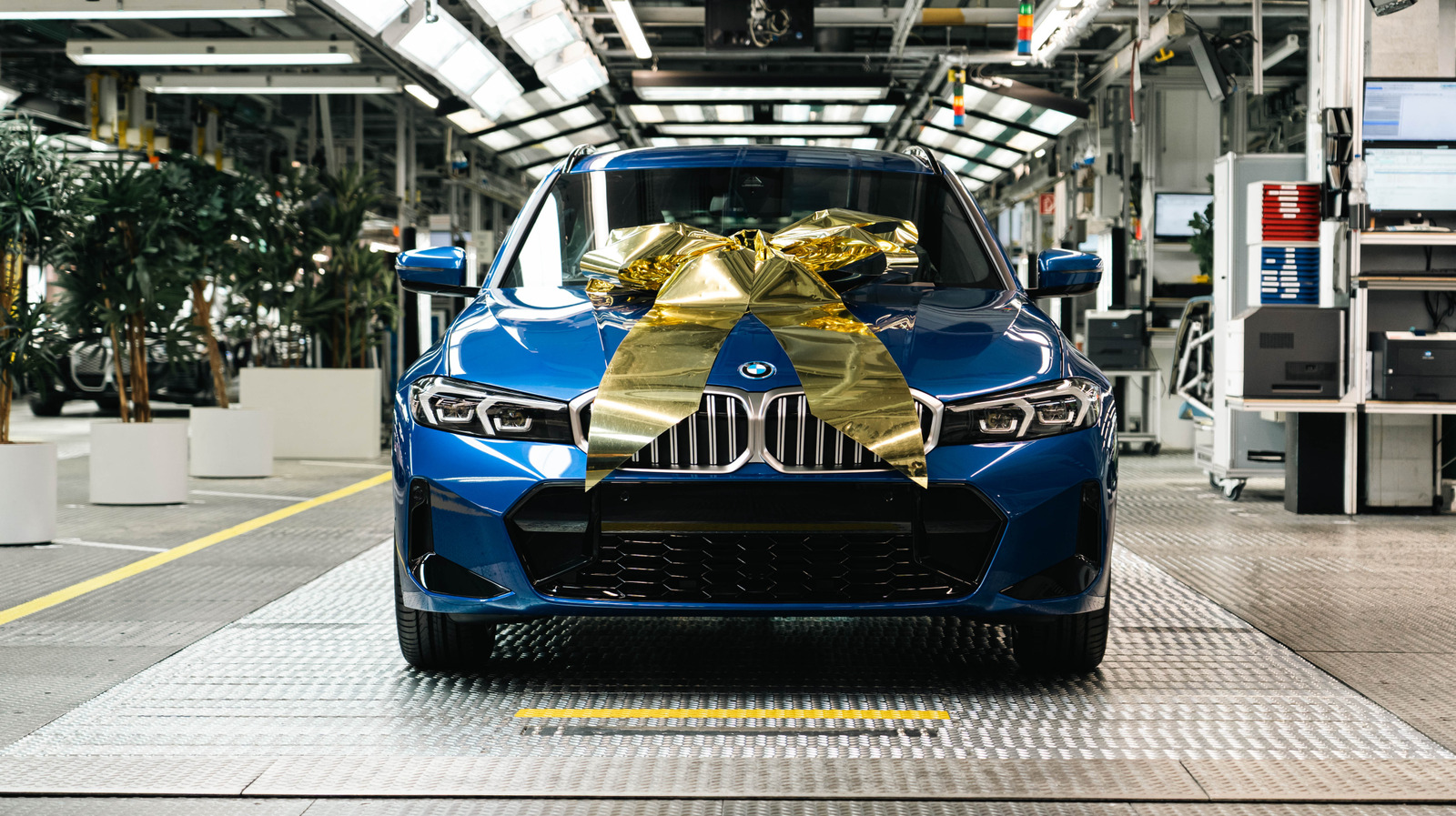
Volvo XC70 Returns as a Stylish Plug-In Hybrid Crossover With Impressive Electric Range and...
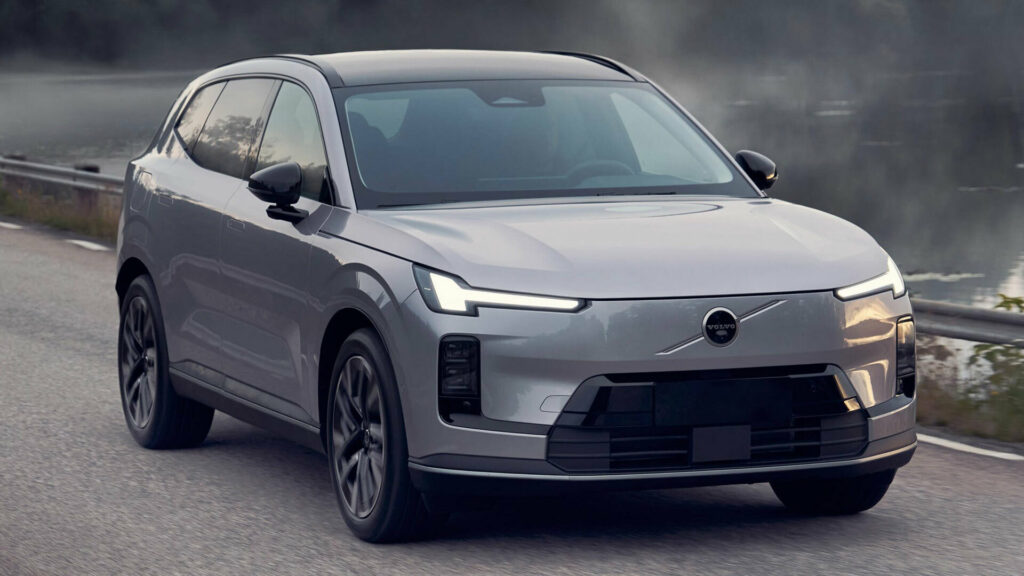
Why More Americans Are Taking Out 7-Year Car Loans to Afford New Vehicles
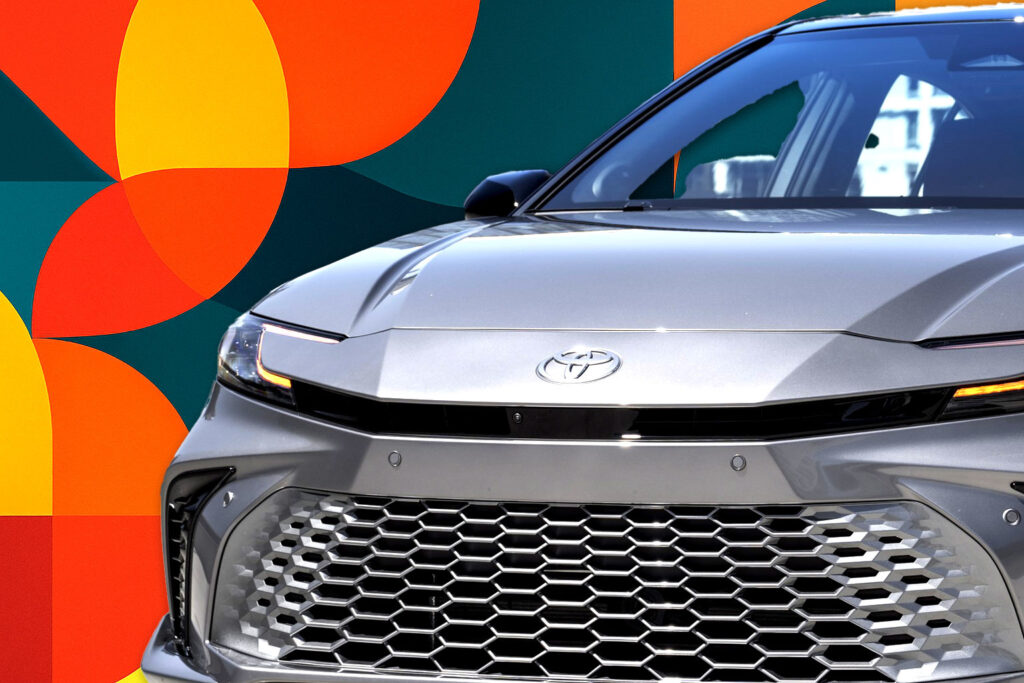
Rare 20-Car McLaren Collection Secretly Sold to One Mysterious Buyer
